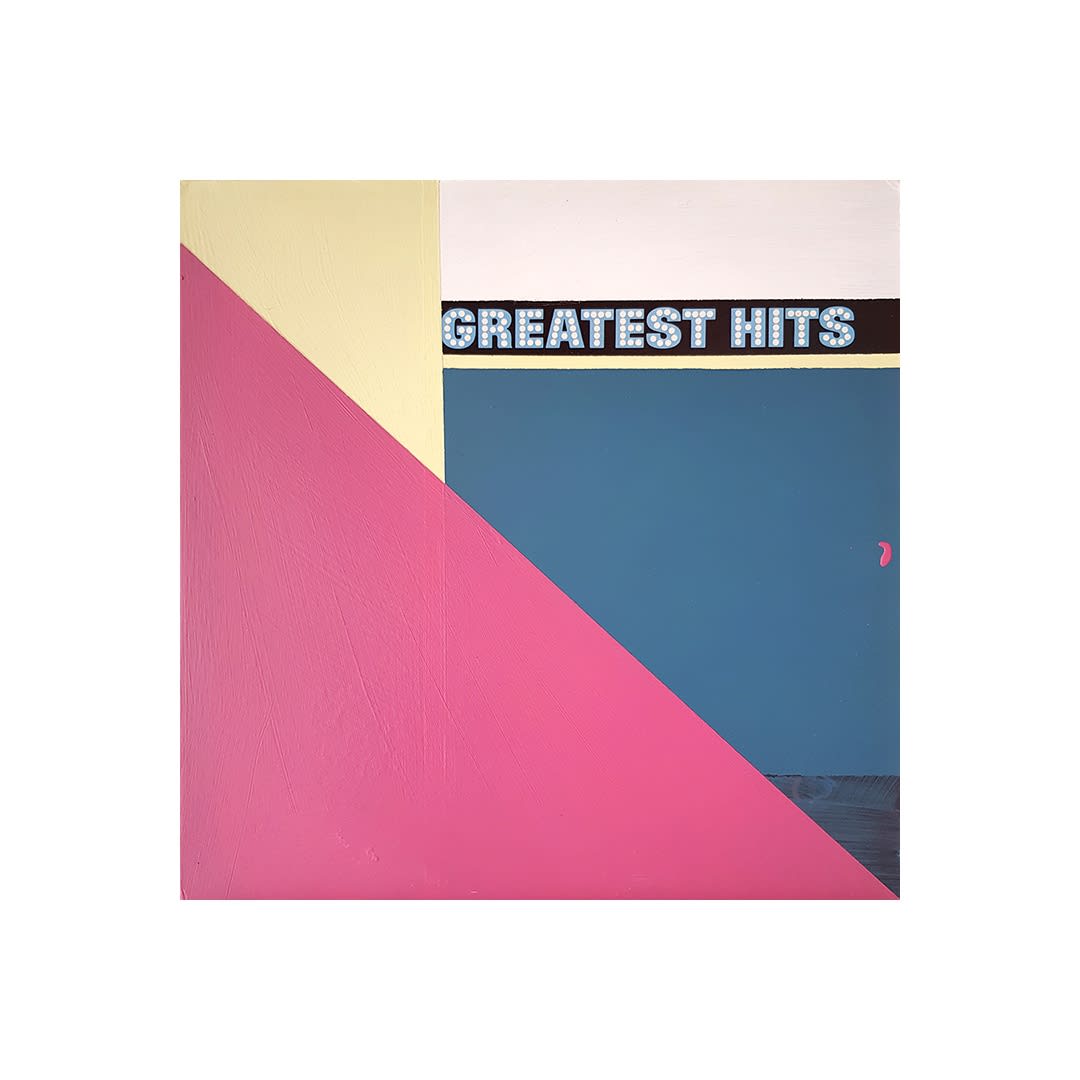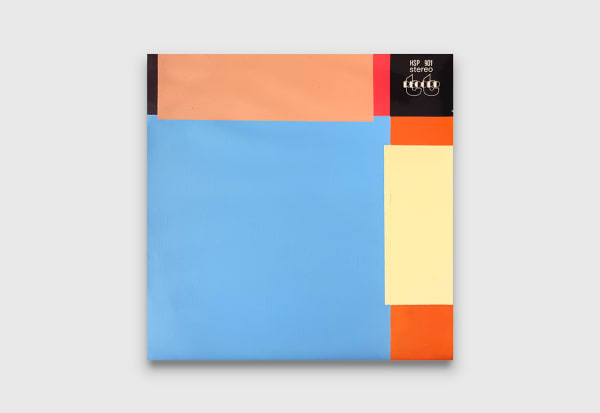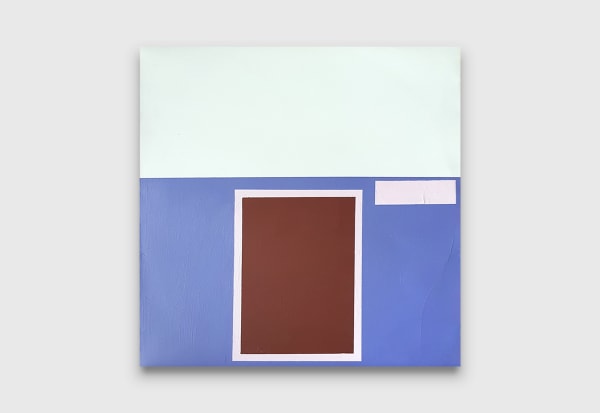Joe Wilson & Chanelle Collier: This Is Not A Love Song
-
This Is Not A Love Song is the first iteration of an ongoing project to gather and archive the sound of institutions around the world to find what might be universal to them through a study of ambience. The project collects the specificity of place and culture belonging to each recording in an ensemble to form a whole intercontinental big picture as a homogeneity. In this first iteration, the place hasn’t been specified, removing the designation from a singular recording allows it to act as a proxy and precariously become a universal representation of institutional ambience.
Transposed audibly from one space to another, sound becomes a means of mixing signifiers relative to a given place and situation. If being somewhere has its own sound, then the ‘being there’ within a sound creates a means to transpose the listener from one place to another. The idea transporting the listener in a conceptual manner is manifested through any kind of connection via an indexical link. Furthering this, another work (in progress) called Wish You Were Here looks at creating a link via telephone as a real time interface.
Read More -

Transposed audibly from one space to another, sound becomes a means of mixing signifiers relative to a given place and situation. If being somewhere has its own sound, then the ‘being there’ within a sound creates a means to transpose the listener from one place to another. The idea transporting the listener in a conceptual manner is manifested through any kind of connection via an indexical link. Furthering this, another work (in progress) called Wish You Were Here looks at creating a link via telephone as a real time interface.
The Listener is an interesting form of the spectator in relation to the Museum, it implies an audio reference rather than a visual one. In a visual field the spectator is an intruder, evidenced by their conspicuous absence within the trope of an installation shot. Viewing is, in this context, a vanishing labour. This conception of the viewing body preferences the disembodied ear over the disembodied eye.
-
 Joe Wilson & Chanelle Collier
Joe Wilson & Chanelle Collier
The Very Best Of 12, 2019
acrylic on found vintage record sleeve, vinyl
31 x 31 cmEschewing traditional painting, and engaging the context of its placement, uncovers the unspoken ideology of a painting. The interaction with a work of art is an outsourcing of attention as labour which is in effect performative. A painter doesn’t work on a canvas, they work in a network. -
Artworks















